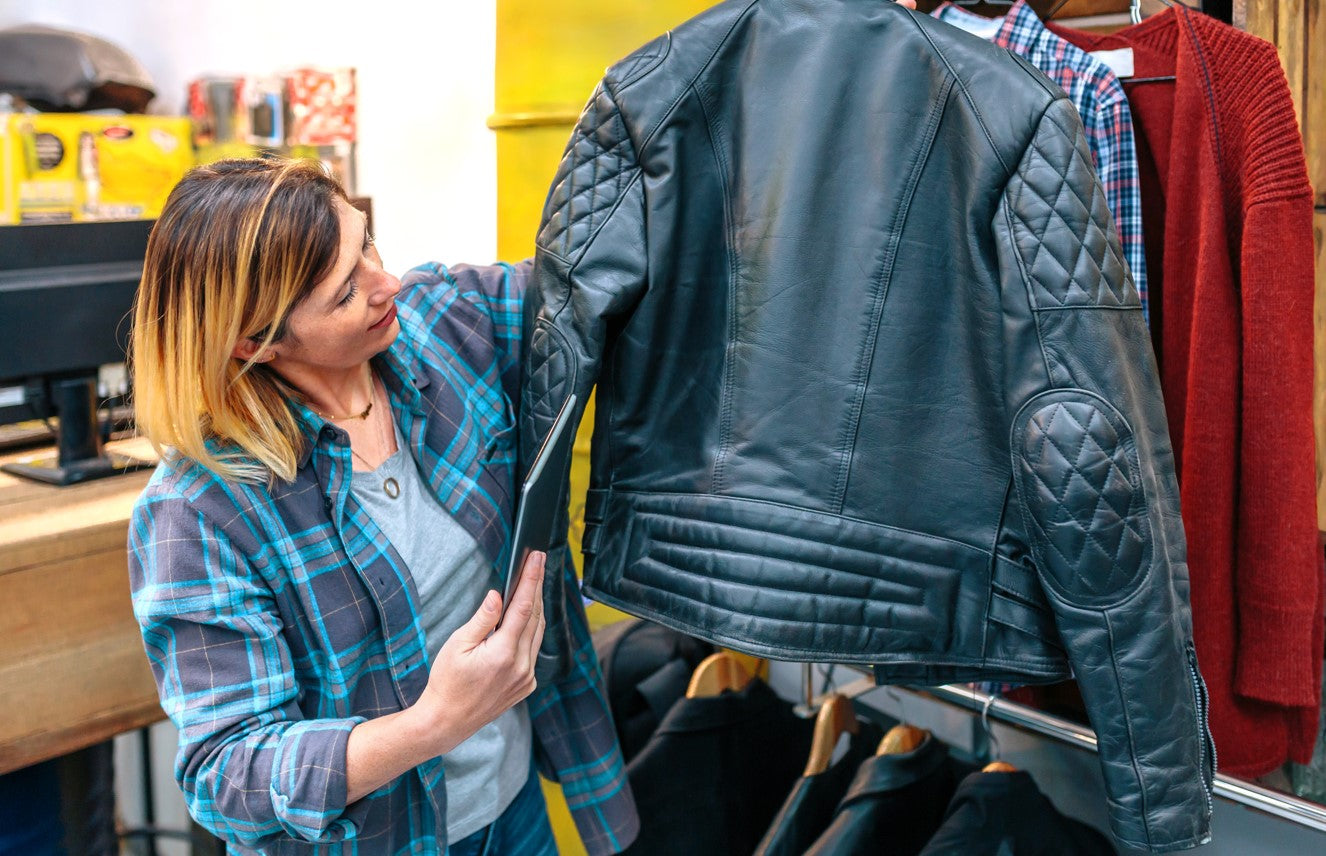
How Long Do Leather Jackets Last in the USA in 2025?
Leather jackets have long been icons of rugged style and timeless fashion. From biker gangs to fashion runways, from Elvis Presley to Kendall Jenner, leather outerwear has never really gone out of style. But while the style of leather jackets may be eternal, the jacket itself won’t last forever. In 2025, with evolving leather technologies, sustainable production methods, and shifting consumer habits, the lifespan of a leather jacket in the USA depends on a blend of material quality, care routine, usage frequency, and even climate.
So, how long do leather jackets last in the USA in 2025? The answer is nuanced but exciting. Let’s explore. Before this, explore variety of Leather Jackets in USA at Cuir Jackets here.
1. The Short Answer: 5 to 20+ Years
On average, a genuine leather jacket in the USA lasts anywhere from 5 to 20 years, depending on the type of leather, craftsmanship, and how well it’s maintained. Premium jackets crafted from full-grain or top-grain leather can even last 30 years or more when treated properly.
In contrast, faux leather jackets—which are increasingly popular due to affordability and vegan appeal—typically last 1 to 5 years before showing signs of wear like peeling, cracking, or losing shape.
2. Material Matters: Types of Leather and Their Lifespan
Not all leather is created equal. In 2025, American consumers are more informed than ever, choosing jackets not just for appearance but for performance.
Full-Grain Leather (20–30+ Years)
This is the highest quality leather money can buy. Unprocessed and unbuffed, it ages like fine wine. With regular conditioning, full-grain leather jackets can become heirlooms, passed down across generations.
Top-Grain Leather (15–20 Years)
Slightly more processed than full-grain but still durable and luxurious. Top-grain leather is smooth, stylish, and can last two decades or more with proper care.
Genuine Leather (5–10 Years)
Despite its name, “genuine” leather is a lower grade. It’s made from leftover layers of the hide and heavily processed, which affects durability. Still, it’s a good middle-ground for casual wearers.
Suede and Nubuck (5–15 Years)
These softer, velvety leathers are gorgeous but require more protection. In humid areas like Florida or Seattle, their lifespan may be shortened without waterproofing or dry storage.
Faux Leather (1–5 Years)
Made from polyurethane or PVC, faux leather is trendy but disposable. Most synthetic jackets begin to crack or peel after a few winters. Some brands in 2025 now use advanced bio-based faux leathers like mushroom or cactus leather, which offer slightly better lifespans and sustainability.
3. The American Lifestyle and Usage Trends in 2025
Leather jackets in 2025 aren’t just winter wear—they’re lifestyle symbols. Tech-integrated smart jackets with heating panels or Bluetooth connectivity have added new utility to classic designs. However, the more tech that’s packed in, the more maintenance is required.
Urban dwellers in New York, Chicago, and San Francisco often rotate jackets seasonally. A well-loved leather jacket may only see action for three months a year, preserving its integrity longer. On the other hand, bikers in states like Texas or Arizona, where year-round riding is possible, may wear their jackets far more frequently, leading to quicker wear and tear.
Workwear leather jackets used by manual laborers or ranchers, especially in places like Montana or Wyoming, may wear out faster due to daily rugged use, but they also age with character.
4. Climate and Environment Impact
Leather is skin—so it reacts to the environment like your own.
Dry Climates (e.g., Arizona, Nevada)
Desert climates can dry out leather, making it brittle. Regular conditioning is essential to prevent cracks.
Humid Climates (e.g., Florida, Louisiana)
Humidity invites mold and mildew. In 2025, moisture-wicking linings and anti-fungal treatments are becoming more common in high-end jackets to combat this.
Cold Climates (e.g., Minnesota, Maine)
Salt from icy roads can damage leather. Rinsing and reconditioning after snowy wear is critical.
The typical American leather jacket now comes with tech-infused hangers or smart garment bags that track temperature and humidity levels—because how you store it affects how long it lasts.
5. The Role of Care and Maintenance
How long a leather jacket lasts in 2025 is largely a matter of how well you treat it. With the rise of leather care products tailored for the American market, including eco-friendly conditioners, anti-UV sprays, and AI-driven garment care apps, it’s never been easier to keep your leather looking sharp.
Here’s what proper care looks like in 2025:
- Conditioning every 6 months to keep the leather supple.
- Storing on a padded hanger in a breathable garment bag.
- Avoiding plastic bags, which trap moisture and cause mold.
- Cleaning stains immediately using modern leather wipes or home steamers with leather-safe settings.
- Professional cleaning once a year, especially for full-grain jackets or vintage pieces.
6. Sustainable Leather and Longevity
In 2025, sustainability is no longer a fringe concern—it’s a mainstream buying factor. Consumers are leaning toward jackets made with vegetable-tanned leather or upcycled hides, which are not only eco-conscious but incredibly durable.
Sustainable leather jackets often last longer due to the use of natural oils and dyes instead of harsh chemicals. Brands like AllSaints, Schott NYC, and Buck Mason now offer leather jackets with circular fashion promises—meaning they’ll refurbish, recycle, or even buy back your old jacket.
7. What About Fashion Cycles?
Some people replace leather jackets not because they wear out, but because they go out of style. But in 2025, the fashion cycle has slowed down. The minimalist movement and capsule wardrobes have encouraged people to invest in fewer, higher-quality items.
Styles like bomber jackets, biker cuts, and trench-length leather coats are all in vogue and expected to remain staples. That means even from a style perspective, your leather jacket isn’t likely to become obsolete in just a few years.
8. Signs It’s Time to Retire Your Jacket
Even the best leather jackets don’t live forever. In the USA, you might consider retiring your jacket when:
- The leather is cracked beyond repair.
- The lining is shredded and replacements aren’t cost-effective.
- Zippers, studs, or snaps have rusted or broken irreparably.
- The fit no longer works for your body or style.
But in many cases, a leather specialist can refurbish and repair an old jacket, extending its life for another decade or more.
Conclusion: Built to Last, If You Let It
So, how long do leather jackets last in the USA in 2025? The short answer: as long as you want them to.
A premium leather jacket can be a lifelong companion with proper care. Even lower-end jackets, when maintained, can serve you well for years. In a fashion landscape increasingly driven by sustainability and timeless design, leather jackets continue to hold a special place in American wardrobes.
In the end, their lifespan is a reflection of how they’re made—and how much love you’re willing to give them. So condition it, hang it right, and wear it with pride. Your leather jacket could very well outlive most trends—and maybe even your car.


